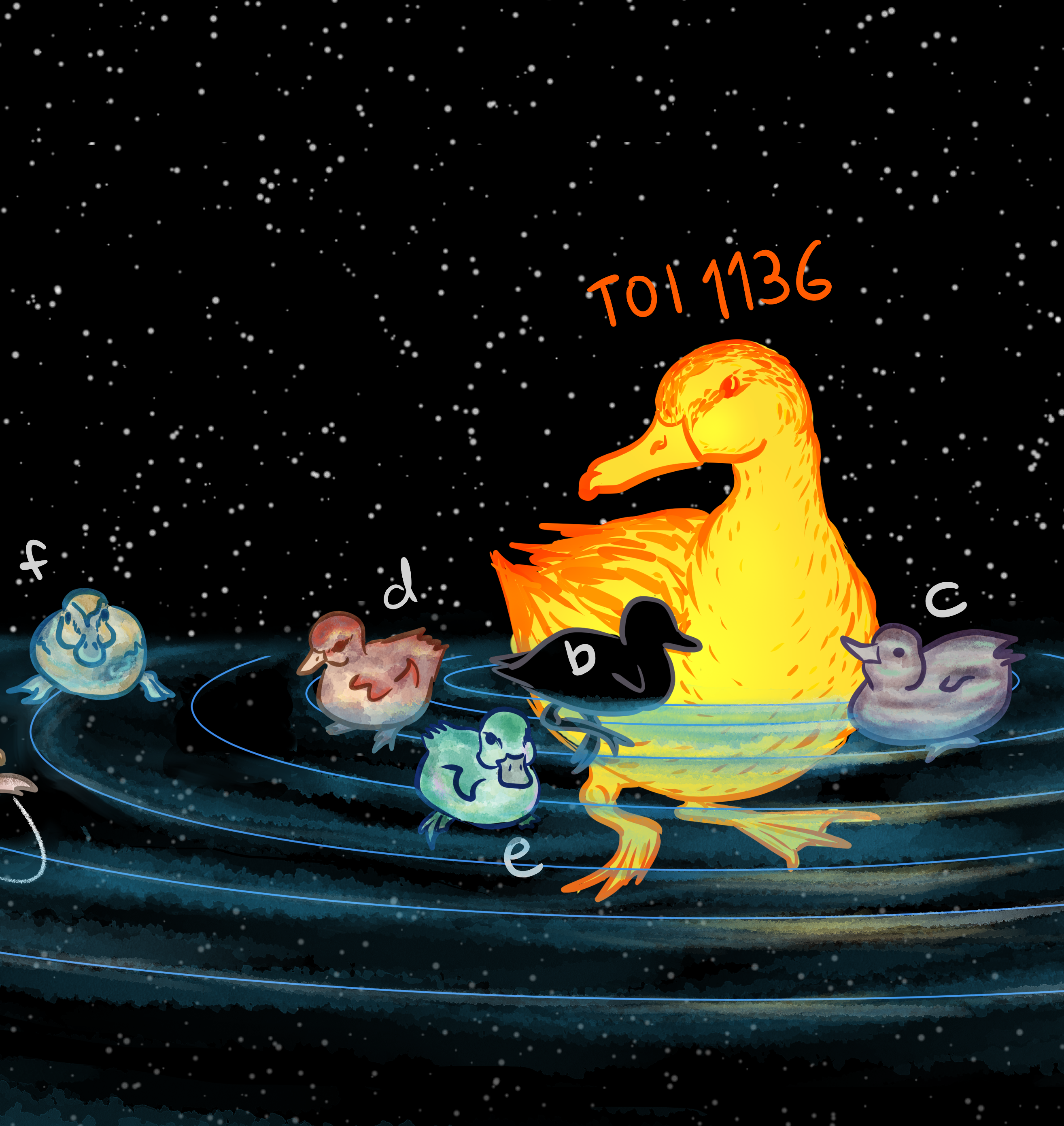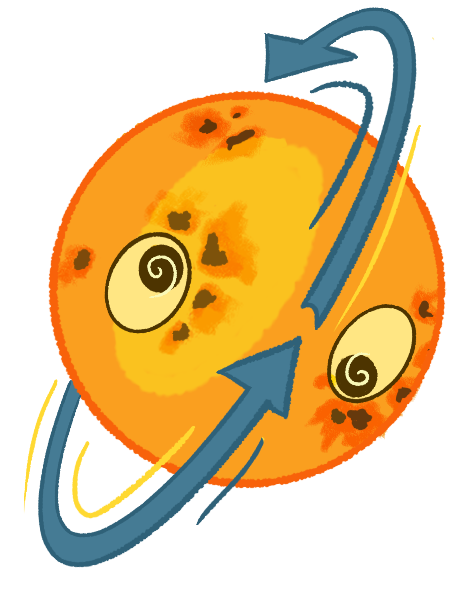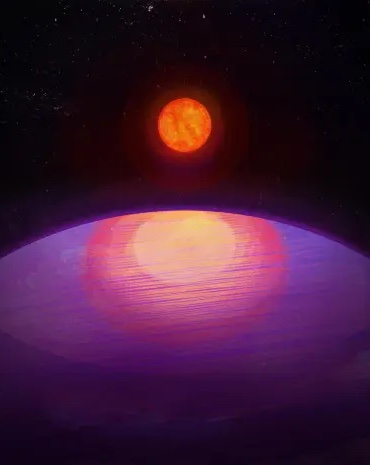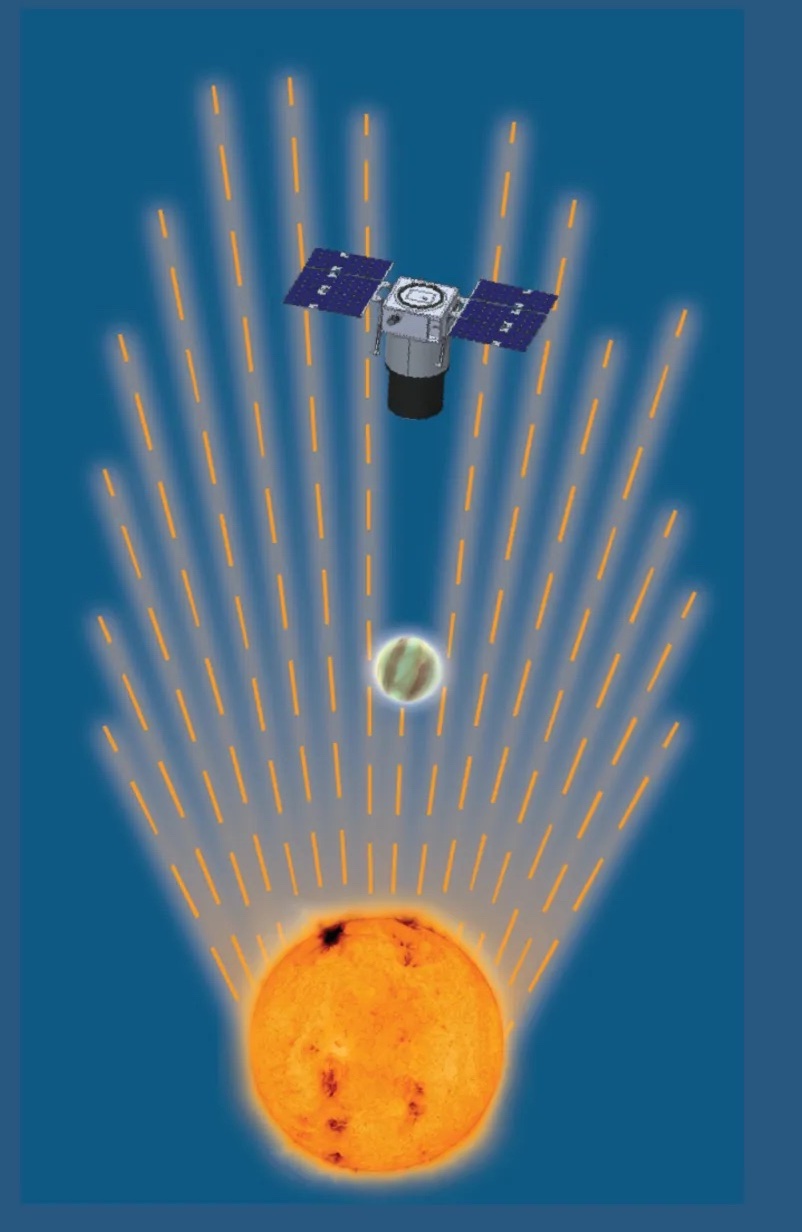
About Me
Hello! I am Rae Holcomb, an observational exoplanet astronomer and Ph.D. candidate at the University of California Irvine. I am a member of the Robertson research group with research interests in RV exoplanet surveys, stellar rotation, and M dwarf activity. I was also Pre-doctoral Fellow at the Center for Computational Astrophysics within the Flatiron Institute in 2022, and from 2023-2024 I worked as a graduate student shadow on the Data Pipeline Team for the Pandora Mission at NASA Goddard Spaceflight Center.
You can download my full CV here: Rae_Holcomb_CV.pdf (October 2023)
Check out our 2024 April Fools paper: Catsteroseismology: Survey-based Analysis of Purr-mode Oscillations Suggests Inner Lives of Cats are Unknowable
My Research

Observing Exoplanets
The radial velocity (RV) method lets us find distant planets by looking for tiny shifts in the a star's spectrum, which are caused by the gravitation influence of the planet as it orbits the star. As a member of the TESS-Keck Survey and the HPF Collaboration, I use high-precision spectrographs at Keck Observatory, HET, and Kitt Peak to discover and measure masses of exoplanets.
Read about some of the planets we've found:
LHS 3154b: A planet too big for its tiny star
Also featured in Science Magazine!
Stellar Rotation
How fast a star rotates can tell you a lot about it, from how old it is to how active it might be. I developed SpinSpotter (paper, code), an open source tool to measure stellar rotation periods of stars in large photometric surveys. SpinSpotter is fast, flexible, and designed to be easy to adapt for a variety of science cases.
Usning SpinSpotter, I have published a catalog of stellar rotation periods using data from the prime mission of the Transiting Exoplanet Survey Satellite.
This catalog will be uploaded to Vizier soon, but for now you can access it as a CSV file here: SpinSpotter Rotation Catalog.


M Dwarfs & Stellar Activity
M dwarfs are the smallest, coolest, and most numerous stars in our local galaxy. This makes them especially interesting as explanet hosts. But there's a problem--they also tend to be very noisy! M dwarfs can be covered in enormous sunspots, have near-constant stellar flares, and in some cases can rotate many times faste than the sun. I study how the brightness fluctuations over time tells us about what activity is present on these stars, and how it can inform our efforts to find planets that orbit them using the radial velocity method.
The Pandora Mission
Pandora is a SmallSat mission designed to study exoplanet atmospheres using transmission spectroscopy. Launching in 2025, it will take simultaneous observations of planets transiting their stars in both the visible and UV ranges, allowing us to learn more both about the planets' atmosphere and the surface of the stars they orbit.
As a member of the Data Pipeline Team, my job is to develop robust, open source software that will be used during spacecraft commissioning in 2024 and to produce well-calibrated spectra and other data products that will be made public to the astrophysics community after launch in 2025.

Resources
Here is a collection of links to resources I have found useful across my career.Paper Writing
David Math Logic - Coloring for Colorbindliness - tool for picking color-blind friendly palettes for graphs and plots.
